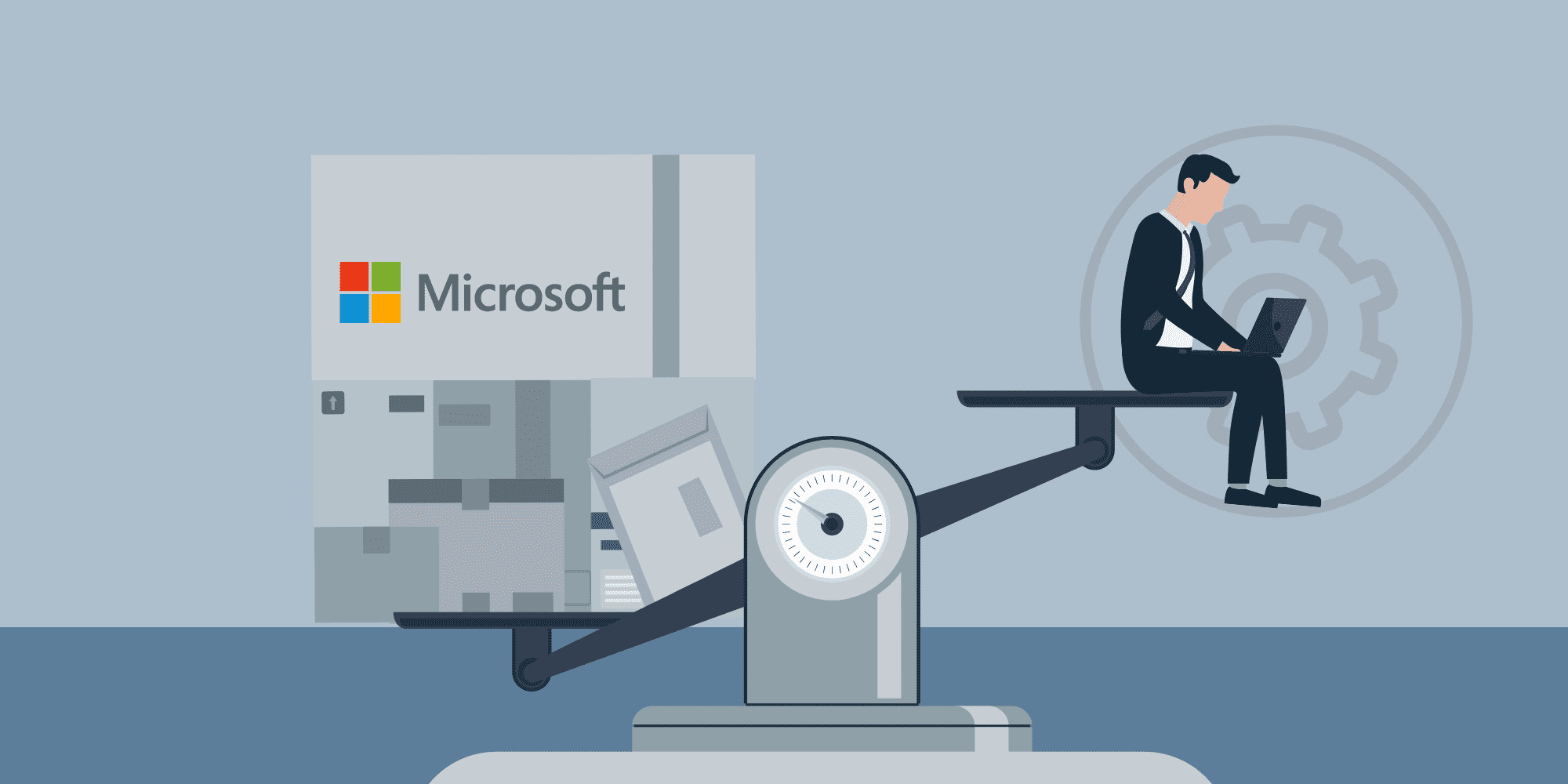Traditionally, organizations using Configuration Manager invested in bandwidth and server infrastructure to enable reliable software deployment over the network while keeping the rest of the business traffic flowing efficiently.
To reduce costs and complexity, many have replaced remote infrastructures with peer-to-peer content solutions such as BranchCache, PeerCache, or 1E Nomad, which we compared in a recent report. These solutions allow content to be sourced from local peers when available and downloads from a remote source, using some form of bandwidth management when content is not available on local peers. This approach vastly reduces infrastructure requirements and protects bandwidth.
Now with Intune, Microsoft Update or Microsoft Store, organizations are beginning to use DO. Although it’s included in Windows 10 (so there are no additional upfront costs), operating costs should be considered as it’s likely you’ll need additional solutions to support or enhance it.
If you’re unfamiliar with DO, with Windows 10, Microsoft introduced it as a process to make it easier and faster to get Windows updates. Windows updates, upgrades, and applications can contain packages with very large files and downloading and distributing updates can consume substantial amounts of network resource. DO helps to reduce bandwidth consumption by sharing the work of downloading these packages among multiple devices in your deployment.
To do this, it organizes distributed cache that allows clients to download those packages from alternate sources (such as other peers on the network) in addition to traditional internet-based servers. However, there are two challenges here.
1. DO is unpredictable
A recent post, ‘When does Configuration Manager use Delivery Optimization’ by MSEndpointMgr, outlines how DO can be quite aggressive and unpredictable when it comes to deleting content from its cache, so when other clients require this update later they may not be successful in getting it from local peers using DO.
If you are using 1E Nomad, the content is also available on the client and it can fulfil the requests that DO is unable to.
2. DO lacks support for larger scale content distribution
DO was designed for lightweight content deployments such as Windows updates that are readily available on the internet. However, it lacks support for the larger application and package distribution requirements for enterprises level. Knowing where the content is and what it’s doing is extremely important in being able to manage and configure optimally for network conditions at the time.
To overcome this, 1E Nomad enables dynamic management of DO configuration to ensure you get the best peer-to-peer performance possible. Additionally, in the next release of 1E Nomad, organizations will be able to get real-time visibility of DO downloads and content availability, used by Intune, MS store and MS update, in each location, subnet, and device. With its intuitive dashboard you’ll be able to see whether content is being deployed across the WAN or peer-to-peer and optimize accordingly.
Read the full MSEndpointMgr blog here.




